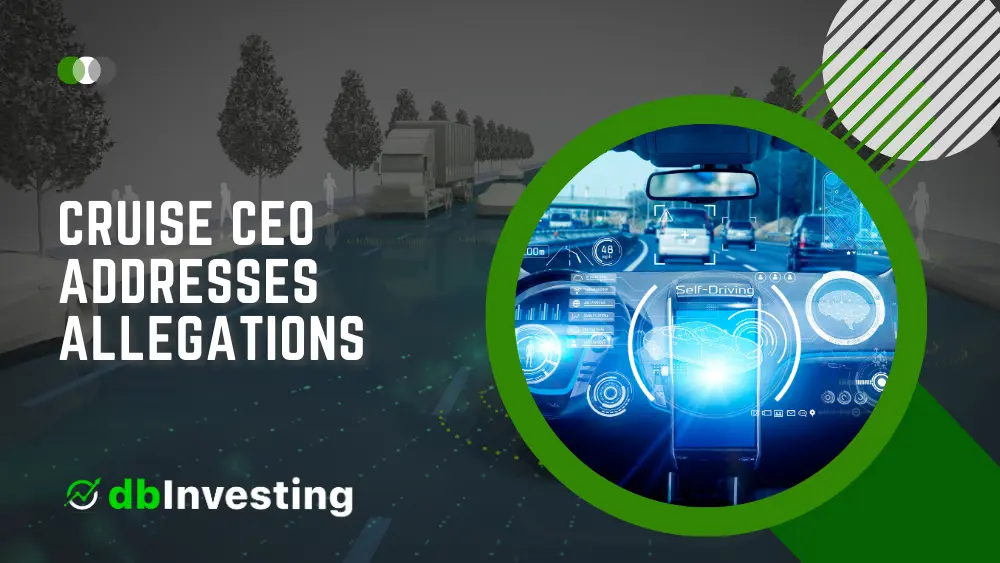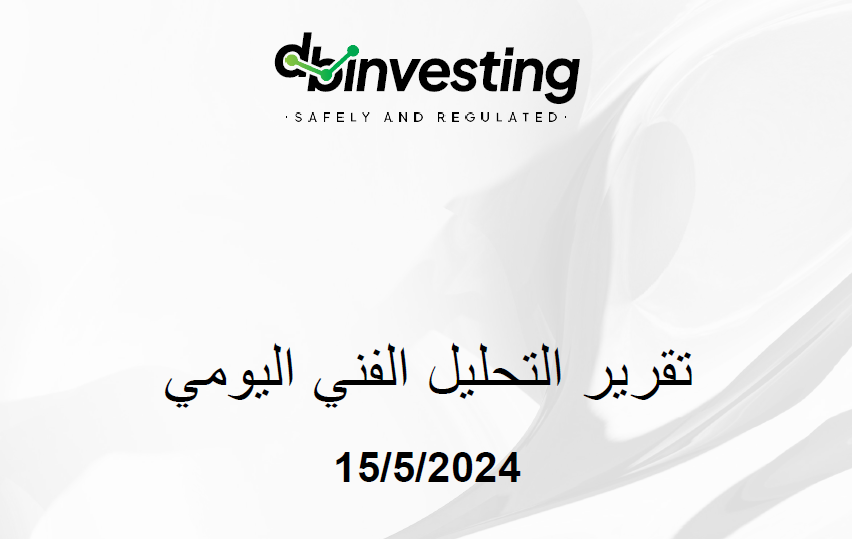Cruise CEO and founder Kyle Vogt responded to allegations about the company’s robotaxis on Hacker News on Sunday, clarifying that their autonomous vehicles do have a remote assistance team that aids in complex urban environments. This was in response to a discussion titled “GM’s Cruise alleged to rely on human operators to achieve ‘autonomous’ driving.”
Vogt stated, “Cruise AVs are being remotely assisted (RA) 2-4% of the time on average, in complex urban environments. This is low enough already that there isn’t a huge cost benefit to optimizing much further, especially given how useful it is to have humans review things in certain situations.”
CNBC confirmed the accuracy of the comments, which were attributed to the company’s CEO, through Cruise spokesperson Tiffany Testo.
Following a collision that injured a pedestrian in San Francisco on October 2, Cruise halted all its driverless operations. This resulted in state regulators revoking the company’s permits to operate driverless vehicles in California, unless a human driver is present.
The California Department of Motor Vehicles had previously cited several regulations to support their decision, including concerns about the safety of the vehicles and potential misrepresentation of safety-related information about the autonomous technology.
The incident in question involved a pedestrian being thrown into the path of a Cruise robotaxi by a human driver in another car. Cruise had initially stated that their vehicle had braked aggressively before the impact, but then attempted to pull over, inadvertently dragging the pedestrian about 20 feet.
In contrast, rival company Waymo, owned by Google’s parent company Alphabet, continued its operations in the city.
A recent report by The New York Times delved into internal issues within Cruise that potentially contributed to safety concerns and setbacks for the company’s reputation and business. The report mentioned that at Cruise, human intervention occurred every 2.5 to five miles.
Vogt clarified on Hacker News that this statistic referred to the frequency of Cruise robotaxis initiating a remote assistance session. He explained, “Many sessions are resolved by the AV itself before human intervention, since we often have the AV initiate the process proactively before it’s certain it will need help. Some sessions are quick confirmations resolved in seconds, while others involve guiding the AV through challenging situations. Overall, this amounts to 2-4% of the time in driverless mode.”
In response to CNBC’s inquiries, Cruise’s spokesperson explained that a “remote assistance” session is triggered roughly every four to five miles, not every 2.5 miles as reported. The spokesperson further clarified that remote assistance sessions involve providing wayfinding information to the AV, not remote control.
Regarding the training of remote assistance workers, the spokesperson stated that they undergo background checks, driving record checks, and two weeks of comprehensive training before starting. They receive ongoing and supplemental training whenever there are new features or updates.
Cruise disclosed that during driverless operations, there was approximately one remote assistant agent for every 15-20 driverless AVs on the road.
Autonomous systems expert Missy Cummings expressed that it is standard for humans to monitor the operations of autonomous vehicles. She emphasized the importance of understanding the circumstances surrounding any collisions involving Cruise vehicles, particularly the October 2 incident. Cummings also highlighted the need to know if a human was notified during the incident and the actions taken by the remote operations center.
However, Cruise declined to comment on whether the October 2 incident triggered a remote assistance call or whether any Cruise employee called 911. The company mentioned that they have initiated third-party reviews of the incident and are collaborating with the National Highway Traffic Safety Administration (NHTSA) on their investigation.
GM disclosed that Cruise incurred a significant loss of approximately $1.9 billion in the first nine months of the year, with $732 million in losses in the third quarter alone.




